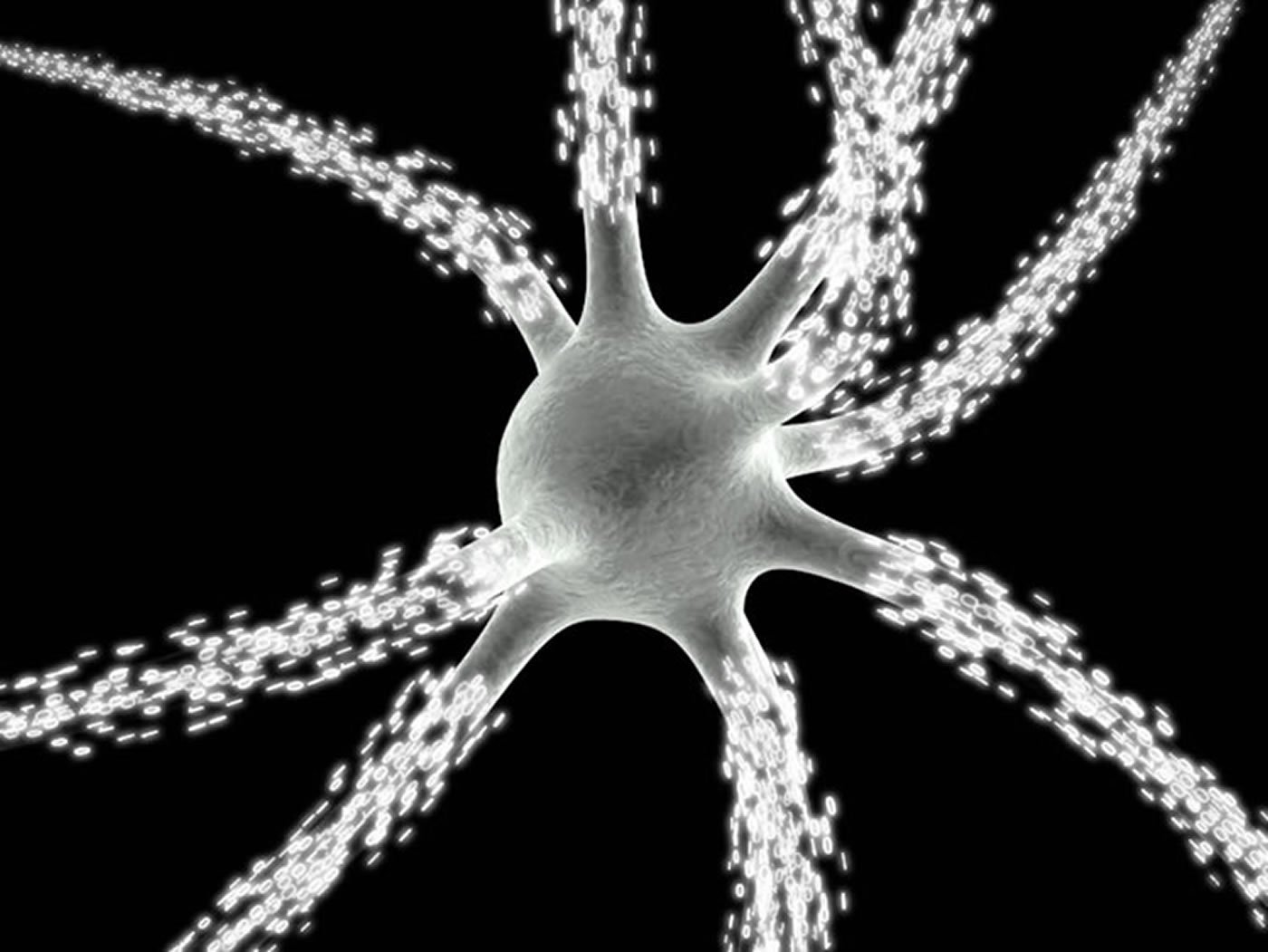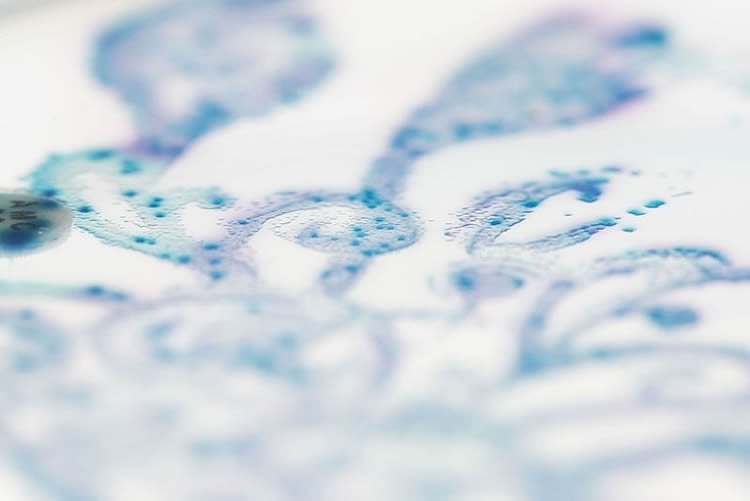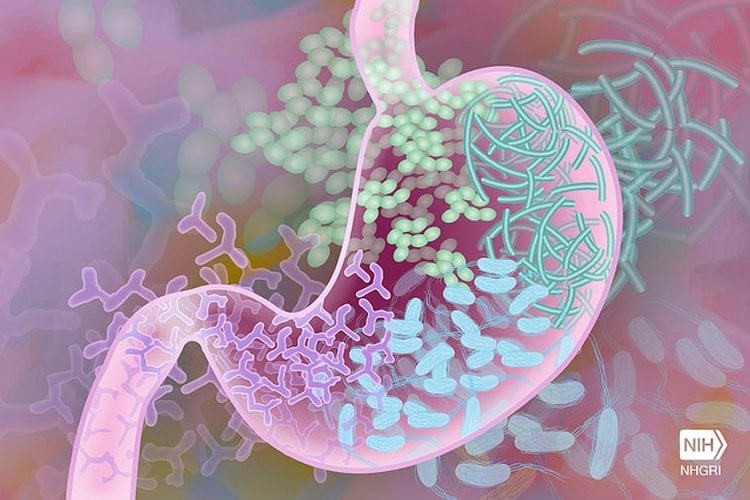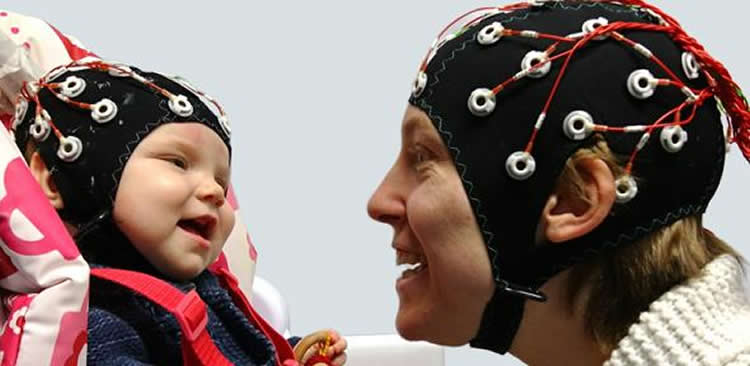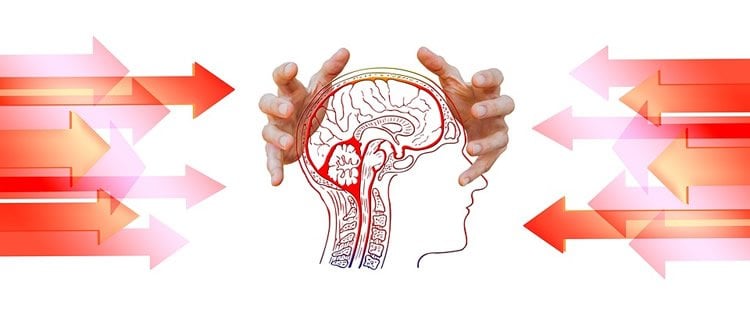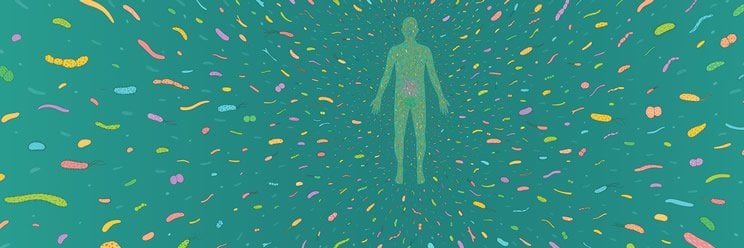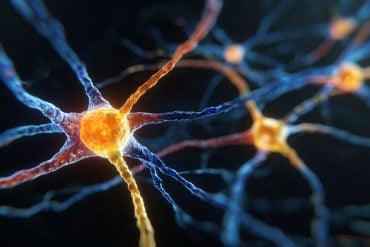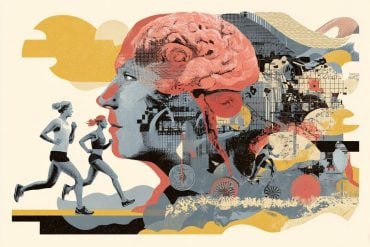Summary: 2018 is upon us. We thought it would be a good time to take a look back at some of the most popular Neuroscience News stories of 2017.
Source: Neuroscience News
Another year has passed. 2017 has bought about some major discoveries in the field of neuroscience and, as somewhat of a tradition at Neuroscience News, we thought we would give our readers a recap of some of the most popular stories of the year.
We have made our article selection based on posts that received the most views from our readers on the website, as well as the most shares and likes from Facebook, Reddit, Twitter, Google+ and our other social networks. Some of the stories were also made popular as a result of being picked up by other major news outlets.
The stories are based on popularity among our audience, and are not directly based upon the direct importance of the research.
We would like to thank all of our readers and social media fans for reading and sharing our news throught 2017. Thank you for helping us grow and spread the amazing, ground breaking findings neuroscience researchers have worked hard to acheive.
In no particular order, here are some of the most popular Neuroscience News articles of 2017.
Happy New Year!
1 – If You Get the Chills From Music, You May Have a Unique Brain
In February, USC researchers released a report that explains why some people experience more intense emotions while listening to music.
The study revealed people who report experiencing a physical response, such as getting the chills, after listening to specific peices of music may have structural differences in the brain. The researchers discovered higher volume of connective fibers between the auditory cortex and areas associated with emotional processing in those who reported physical response to music.
This story received a great deal of attention on Reddit and was subsequently picked up by numerous major news outlets. Currently, the story is number 1 on the Independent’s Indie 100 list.
2 – Traumatic Brain Injury Causes Intestinal Damage
Early in December, we reported UMSOM researchers identified a link between TBI and intestinal changes.
Using mouse models of TBI, researchers discovered head injuries can trigger long-term changes in the colon, increasing the risk of bacterial infections which may result in post traumatic brain inflammation. The infection and inflammation, researchers note, may worsen brain damage in those with TBI.
3 – Bacteria Found in Alzheimer’s Brains
In July, a Frontiers in Aging Neuroscience study reported brain inflammation that occurs as a result of bacterial infections may contribute to the development of Alzheimer’s disease.
Post mortem brain examinations revealed those who suffered from Alzheimer’s before death had at least a tenfold higher ratio of Actinobacteria to Proteobacteria compared to those without the disease.
Based on their findings, the researchers suggest future studies should investigate the presence of bacteria in other neurodegenerative diseases linked to brain inflammation.
4 – After 15 Years in a Vegetative State, Nerve Stimulation Restores Consciousness
A groundbreaking study from September revealed researchers used vagus nerve stimulation to help restore consciousness to a 35 year old man who has been in a vegetative state for 15 years.
Researchers reported one month of VNS helped to improve the patient’s movement, attention and brain activity. The treatment allowed the patient to respond to simple orders, such as turning his head on request, which he has been unable to do for almost a decade.
The researchers noted the dramatic outcome challenges the conventional belief that disorders of consciousness that last for longer than 12 months are irreversible.
5 – Hyper Brain, Hyper Body: The Trouble With High IQ
In October, we released one of our most controversial and most debated articles of the year.
The study, conducted by researchers at Pitzer College, reported those with a higher IQ compared to the national average, are at an increased risk of suffering from psychological and physiological disorders.
Surveying almost 4,000 MENSA members, whose IQ scored were 130 or higher, researchers discovered they were 20% more likely to have been diagnosed with an anxiety disorder, compared to 10% of the general public.
6 – Research Suggests Association Between Gut Bacteria and Emotion
2017 has brought about some major insight into the role gut bacteria plays in psychological and neurological health. In June, we reported UCLA researchers discovered microbiota appears to have a direct effect on behavior and emotion.
Using MRI technology and fecal sampling, researchers discovered women whose gut bacterial composition contained higher levels of bacteriodes had greater gray matter thickness in the frontal cortex, insula and hippocampus; areas of the brain associated with information processing and memory. Those with higher levels of Prevotella had greater connectivity between brain areas associated with emotion and attention, and lower hippocampal volume.
Women with higher Prevotella levels expressed more negative emotions, such as anxiety and distress, when looking at less positive images than the women with greater bacteriod levels.
7 – Major Cause of Dementia Discovered
In early December, we reported University of Manchester researchers have identified a major cause of dementia.
The researchers discovered a build up of urea in the brain causes brain damage that eventually leads to the development of dementia in Huntington’s disease.
8 – Brain Remaps Itself in Child with Double Hand Transplant
December has been an amazing month for groundbreaking neuroscience research. On the 6th, we were proud to report researchers from the Children’s Hospital of Philadelphia discovered massive cortical reorganization that occurs as a result of amputation, is reversible.
Following amputation, the brain remaps itself when it no longer receives input from the missing limb.
After losing both hands as an infant, researchers performed a double hand transplant on a child in 2015. Using neuroimaging technology, researchers observed brain mapping reorientation in the patient, indicating the remapping was reverting to patterns more consistent with those of people who have never lost a limb.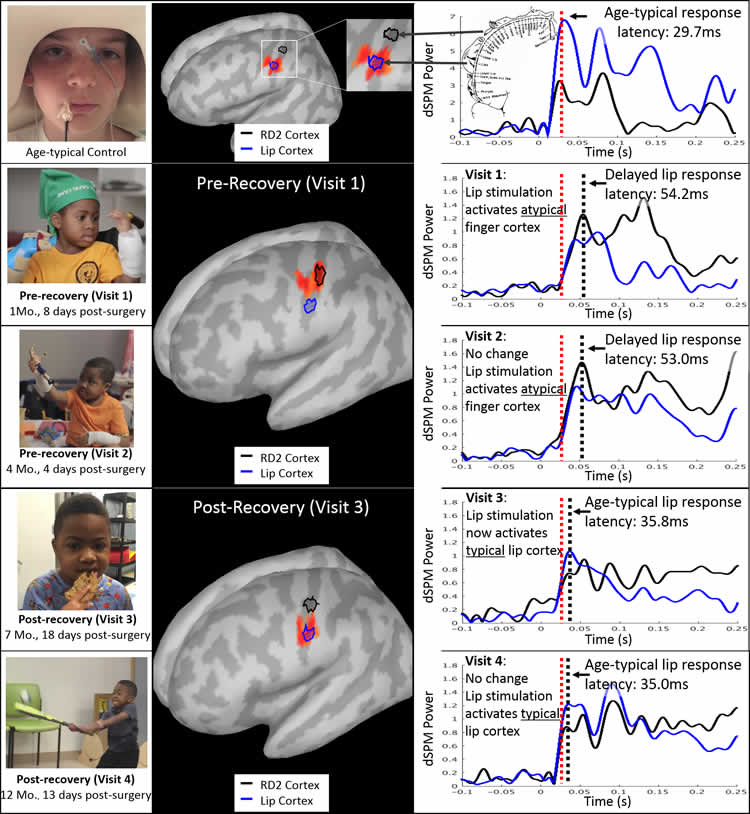
9 – New Cause of Schizophrenia Uncovered
In July, University of Copenhagen researcher revealed a major finding into the cause of schizophrenia.
Researchers discovered a genetic defect that damages glial cells may also be responsible for impairing the production of myelin. A lack of myelin is a significant contributor to the development of schizophrenia in some patients, researchers reported.
Future studies, the researchers suggest, may focused around replacing defective glial cells with healthy ones to see if reversal of schizophrenia’s progression is possible.
10 – Living Near a Forest Keeps Your Amygdala Healthier
In October, Max Planck Institute researchers reported living close to nature makes people better able to deal with stressful situations.
The researchers conducted a neuroimaging study of city dwellers who lived closer to forests. They discovered this group were more likely to have a healthier amygdala structure than those who lived in more urban areas. This, the researchers concluded, made people better able to deal with stressful situations.
11 – Migraines May Be Brain’s Way of Dealing With Oxidative Stress
A study released in the journal Headache in October reported on a surprising link between migraines and oxidative stress.
The study found migraine attacks could be an integrated mechanism by which the brain protects and repairs itself from oxidative stress. Targeting the causes of oxidative stress, researchers note, could help to prevent future migraine attacks in sufferers.
12 – New Light on Link Between Gut Bacteria and Anxiety
In August, we reported researchers discovered a possible way in which gut bacteria could influence anxiety and depression.
A study released in the journal Microbiome revealed gut microbes may influence microRNA in the prefrontal cortex and amygdala, two brain areas associated with depression and anxiety disorders.
13 – Treatable Immune System Disorder Could Be Mistaken For Schizophrenia or Bipolar Disorder
In early December, researchers from Houston Methodist released a report that could have major impact for many people diagnoised with schizophrenia and bipolar disorder.
Researchers believe a significant number of people diagnosed with either bipolar disorder or schizophrenia may, in fact, be suffering from a treatable immune system disorder. The disorder causes NMDA receptors to stop functioning correctly and can result in symptoms commonly associated with neuropsychiatric disorders.
14 – Eye Contact With Your Baby Helps Synchronize Brainwaves
In November, University of Cambridge researchers released a report on the positive neurodevelopmental implications of making eye contact when interacting with infants.
Using EEG technology, researchers discovered eye contact causes brainwave synchronization between a child and the person communicating with them. The researchers believe the synchronization can help to boost learning and communication skills in infants.
15 – Your Mood Depends on the Food You Eat, and What You Should Eat Changes as You Age
Throughout the year, we reported frequently about the impact diet can have on neurological and psychological health.
In December, we revealed Binghampton researchers found new evidence to suggest the foods we eat can affect our mental wellbeing. Additionally, the researchers reported, our dietary needs change as we age to keep us mentally healthy.
Researchers found younger people are more dependent on foods that increase the availability of neurotransmitter precursors and concentrations in the brain, such as meats and other high protein foods. For those of us over 30, we may be more reliant on fruits and other foods that increase the availability of antioxidants.
16 – Brain Imaging Reveals ADHD as a Collection of Different Disorders
A groundbreaking ADHD study was released in early November.
We reported researchers have identified three different types of ADHD, each with distinct brain impairments and no common abnormalities between them.
The findings indicated the current ‘one size fits all’ theory of the disorder is incorrect.
17 – Frankly, Do We Give a Damn? Study Finds Link Between Profanity and Honesty
Do you often use profanity when you speak? Researchers report you may be more honest than those who don’t.
In January, University of Cambridge researchers reported those who use profanity tend to be more honest and less likely to embark on deceptive acts than those who keep their language clean.
18 – Gut Microbes May Talk to the Brain Through Cortisol
We have reported a often during 2017 on the association between gut bacteria and ASD. In an August report, researchers provided further evidence to back the gut-brain theory of autism.
Researchers revealed there appears to be a predictive relationship between serotonin, cortisol and fecal microbiota. The study backs previous findings that linked alterations in serum serotonin and cortisol, and fecal bacteroides and ruminococcus levels to some cases of ASD.
19 – Many Different Types of Anxiety and Depression Exist
Early in December, we reported on a new study from Stanford researchers who have identified five new categories of symptoms and brain area activations associated with depression.
The researchers report tension, anxious arousal, general anxiety, anhedonia and melancholia are associated with depression and anxiety disorders.
The findings could help doctors to diagnose the disorders in a more specific and personal manner.
20 – Brain Inflammation Discovered in Those With OCD
Finally, in June we reported researchers from CAMH have discovered a link between neuroinflammation and OCD.
In a JAMA Psychiatry study, researchers reported brain inflammation is up to 30% higher in patients with obsessive compulsive disorder compared to the general population.
The findings could help design new methods of treatment for those with OCD that include reducing brain inflammation.
Source: Victoria Driscoll – Neuroscience News
Publisher: Organized by NeuroscienceNews.com.
[cbtabs][cbtab title=”MLA”]Neuroscience News “Top 20 Neuroscience News Stories of 2017.” NeuroscienceNews. NeuroscienceNews, 2 January 2018.
<https://neurosciencenews.com/top-20-neurosciencenews-2017-8245/>.[/cbtab][cbtab title=”APA”]Neuroscience News (2018, January 2). Top 20 Neuroscience News Stories of 2017. NeuroscienceNews. Retrieved January 2, 2018 from https://neurosciencenews.com/top-20-neurosciencenews-2017-8245/[/cbtab][cbtab title=”Chicago”]Neuroscience News “Top 20 Neuroscience News Stories of 2017.” https://neurosciencenews.com/top-20-neurosciencenews-2017-8245/ (accessed January 2, 2018).[/cbtab][/cbtabs]


